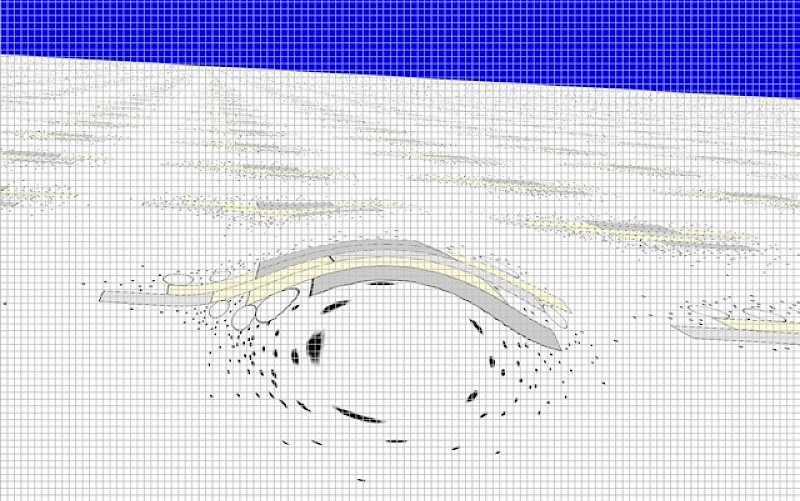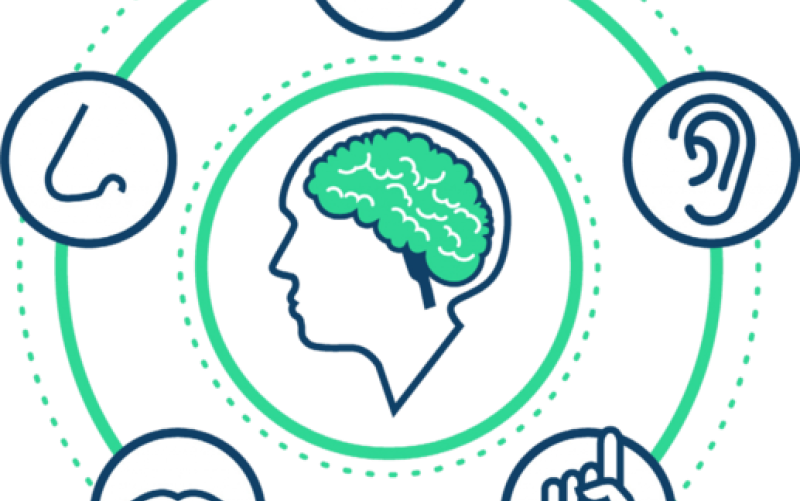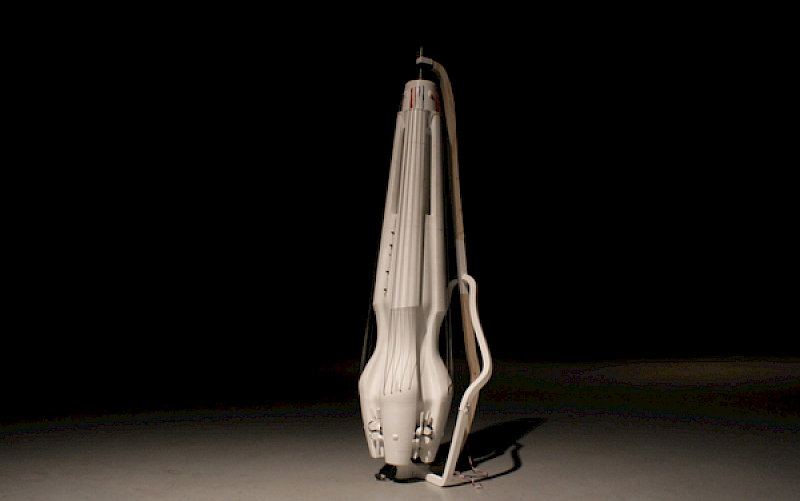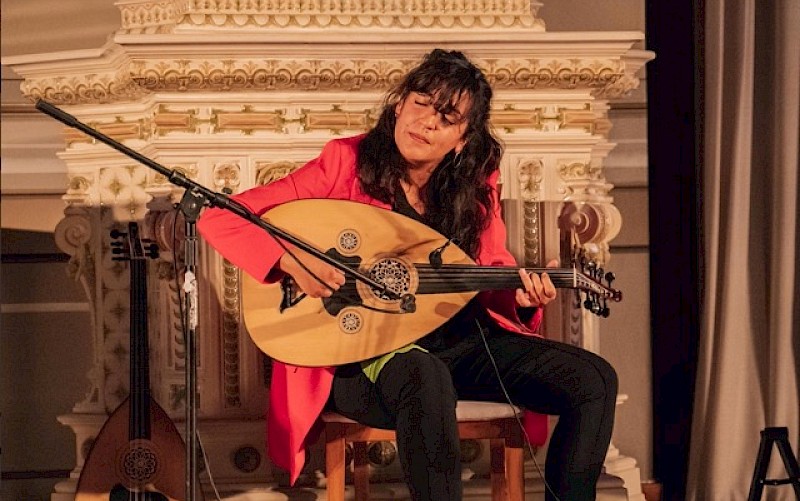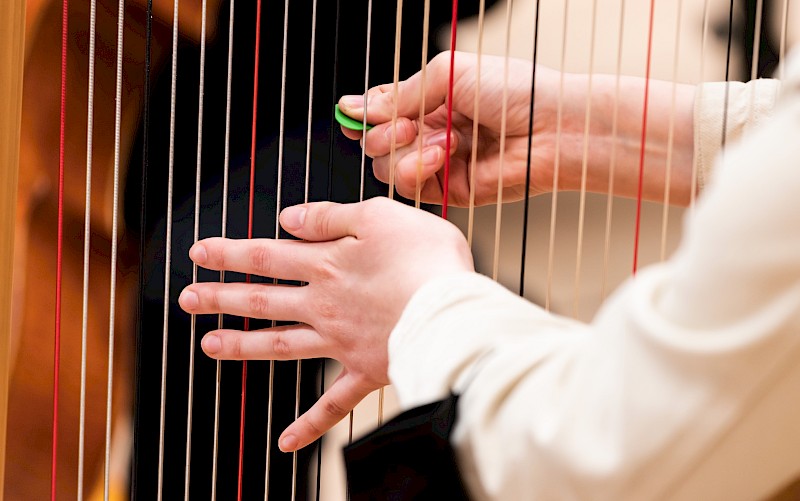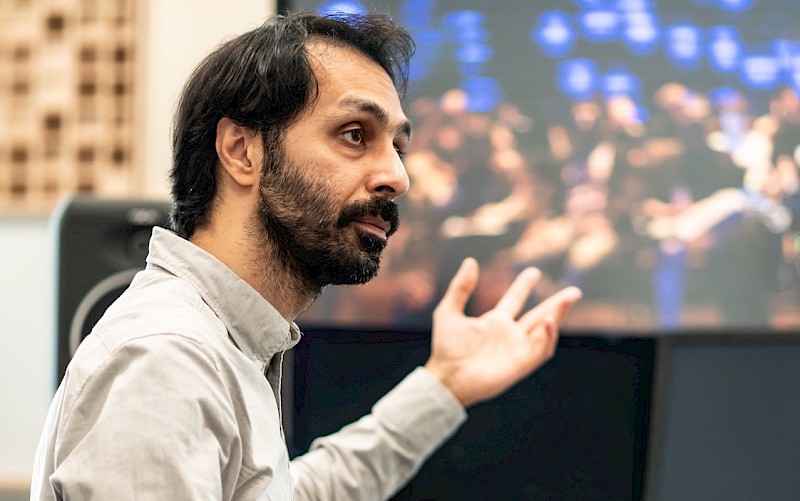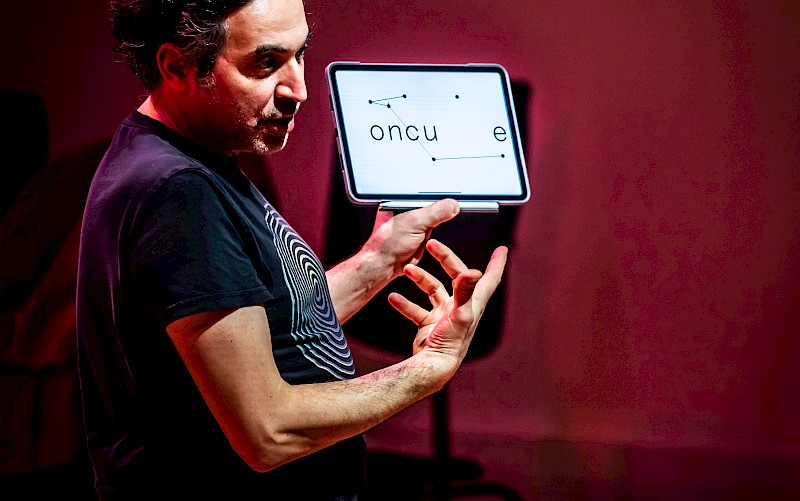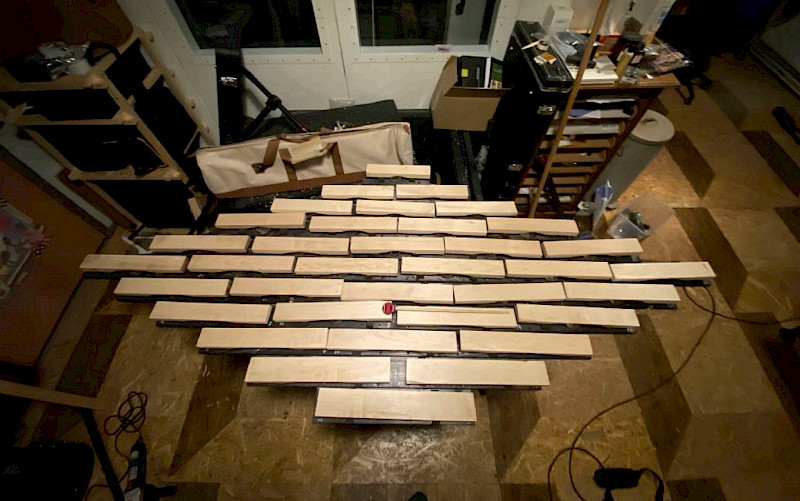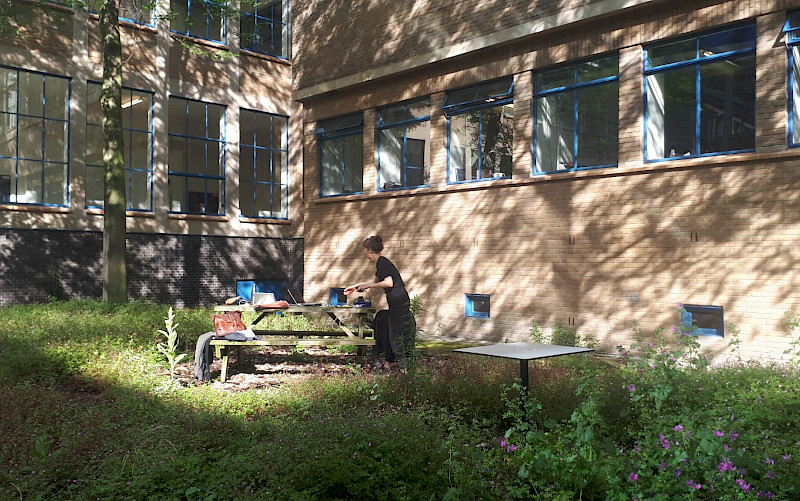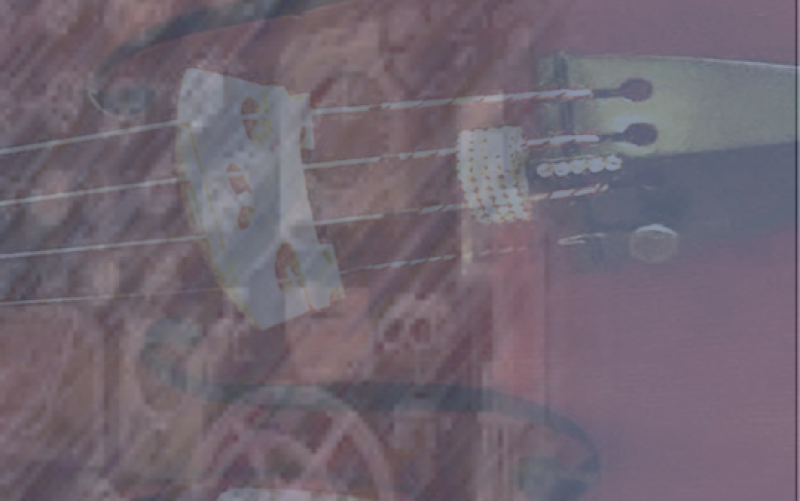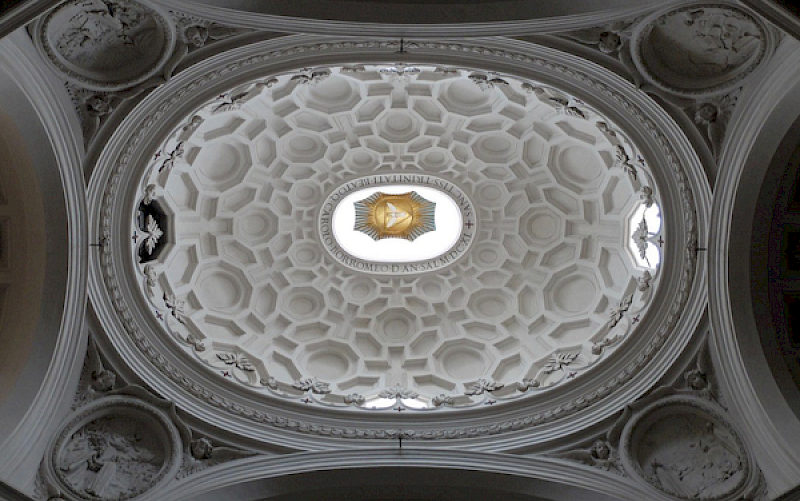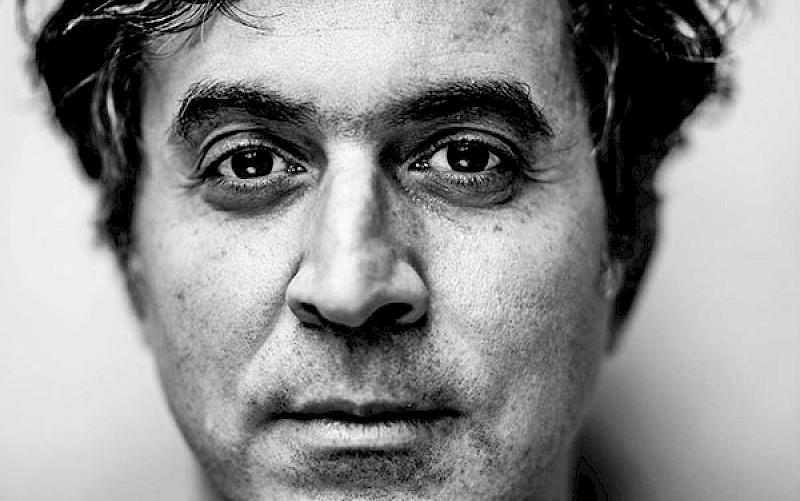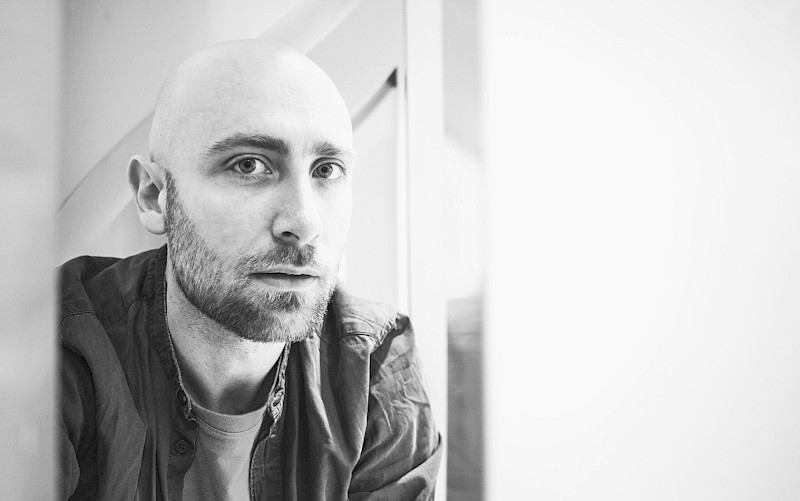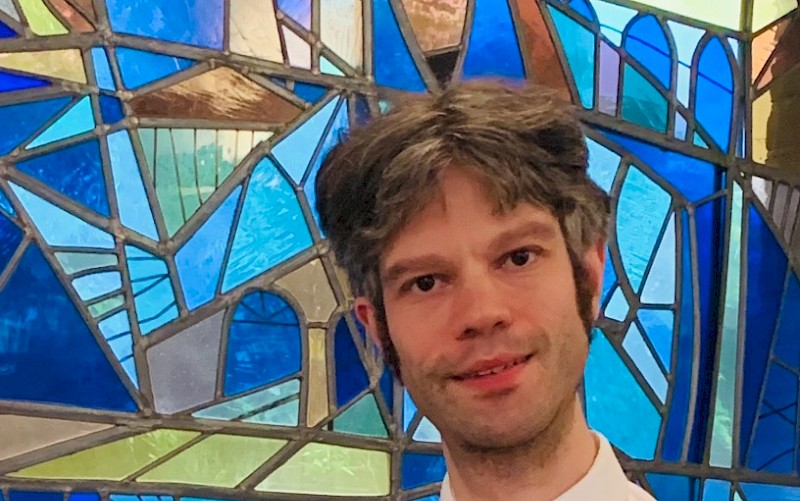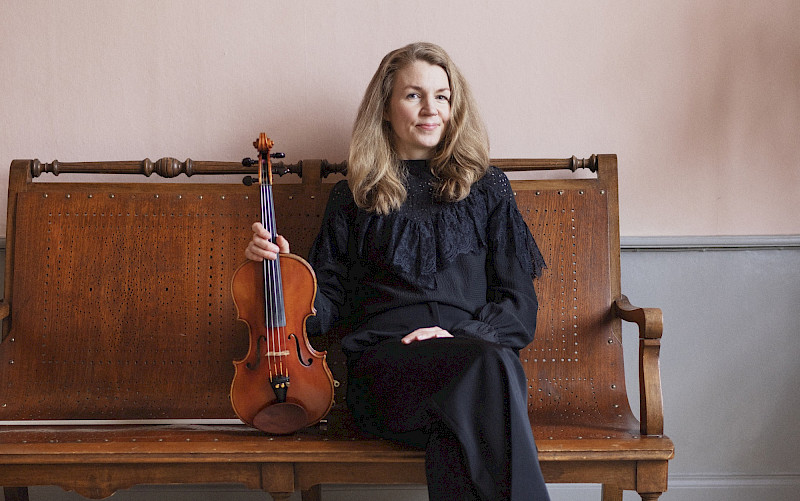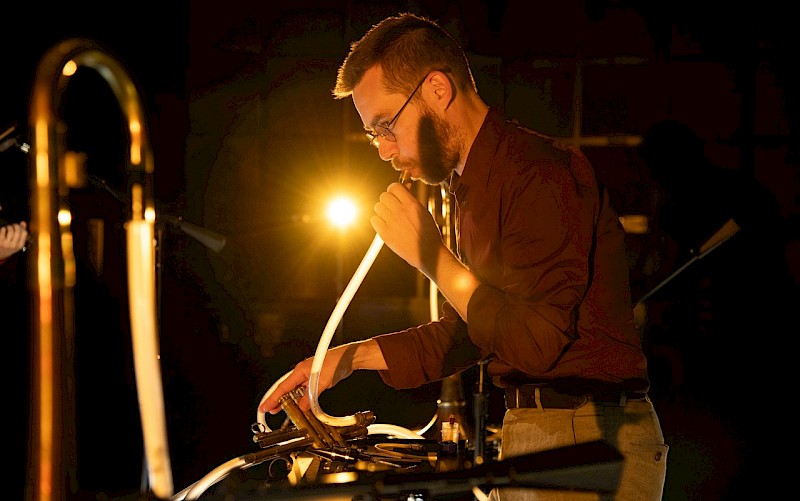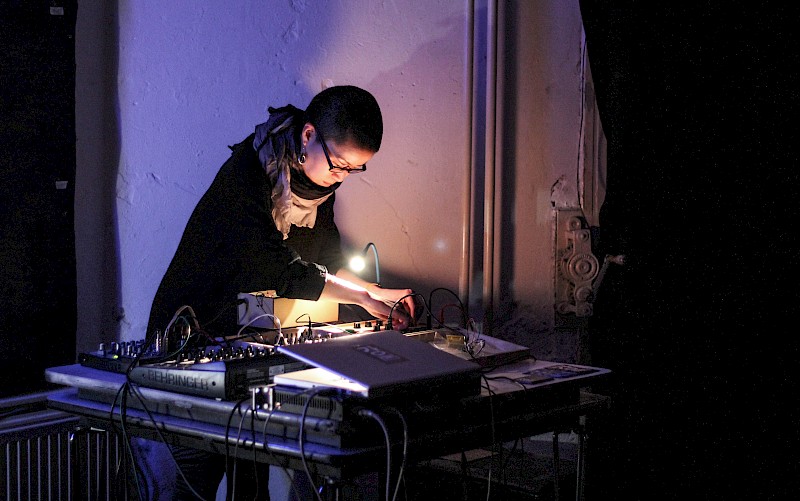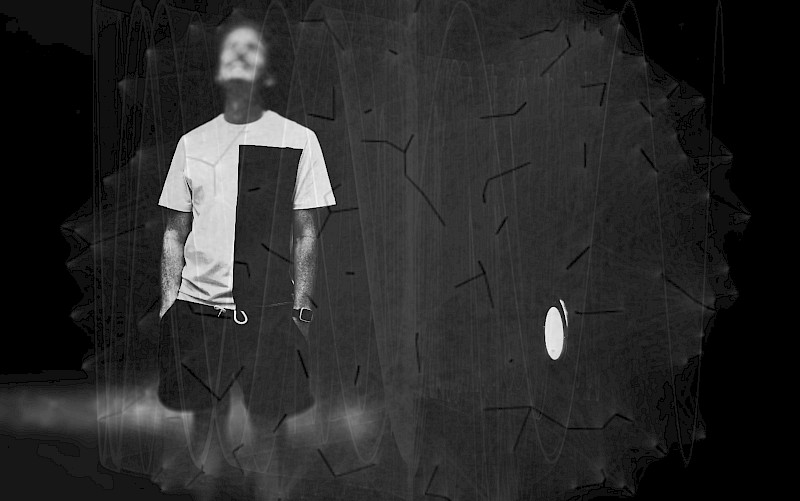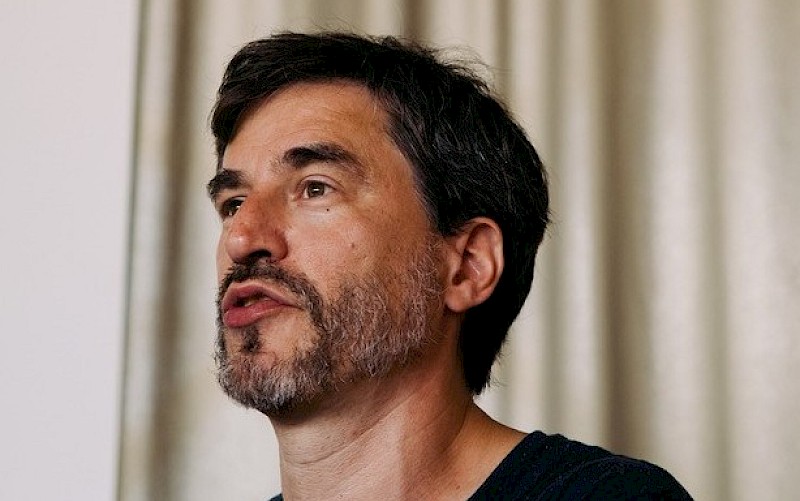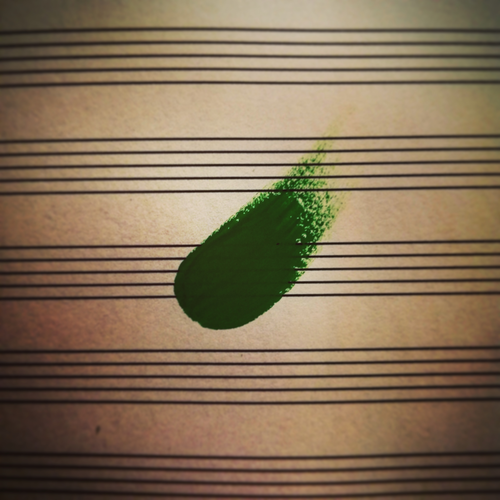
A Quest for Musical Clarity: Grounding Compositional Practices in Gestalt and Perception Theories
What are the main theories on sound and musical perception? Is there a possibility for the composer to understand those ideas and use them as the basis for the organization of his craft? Would those be enough to create the musical ‘clarity’ I am looking for? Finally, can I find a way to formalize any of those theories in my composition practice? As a starting point for this investigation, part one establishes the philosophical ground for this investigation about clarity, particularly stressing the difference between intention and object, between form and structure, and their complementary nature and interaction with each other, before drawing a first idea on musical perception through the lens of Gestalt theory. Parts two and three detail the different elements that come into play while applying those ideas into my composition practice. I introduce a list of the parameters that will play a prominent role in the elaboration of the representation of the mathematical formulations seen in part four by developing further my understanding of the theories elaborated by Leonard B. Meyer around the idea of ‘expectation’ in his book Emotion and Meaning in Music, and articulating them from a practical point of view. The fourth and final part of this investigation exposes a mathematical representation of my thinking on those ideas in order to conceive and use them in my composition practice. This ‘model’, based on an understanding of what will be referred to as ‘motion’, is the ground for the elaboration of the musical shapes in my pieces.
Author: Charles Baumstark
